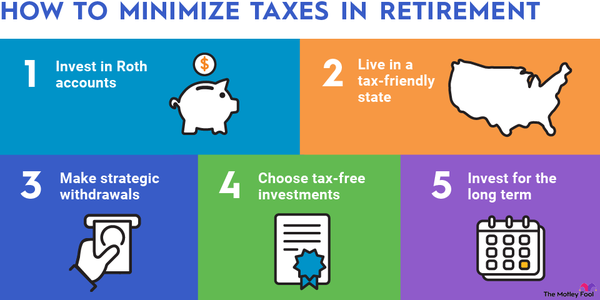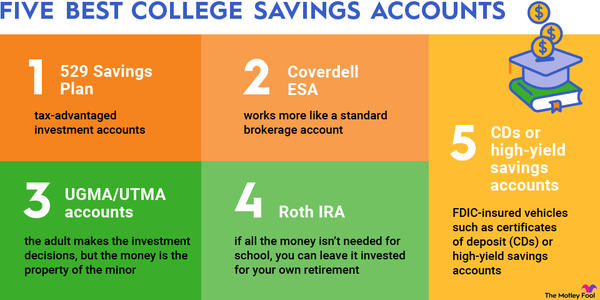When opening new accounts or estate planning, an essential consideration is who will be listed as the primary beneficiary and the contingent beneficiary to ensure that your assets are distributed appropriately to those you love and care about when you shuffle off this mortal coil. Primary beneficiaries, usually spouses and partners, are the first ones to inherit your assets when you die; contingent beneficiaries are the second ones in line to receive your assets.
Possibly, you already have some experience with the idea of beneficiaries if you have received assets through an inherited 401(k) or inherited IRA. It never hurts to brush up on this potentially confusing concept, so let's take a closer look at the primary and contingent beneficiaries, as well as some of the similarities and differences between them.

What is a primary beneficiary?
What is a primary beneficiary?
Simply put, a primary beneficiary is the first one to inherit your assets after you die. Often, individuals will identify a spouse or partner as the primary beneficiary, but this is not a requirement. If you're single, you can name children as primary beneficiaries, or you can list close friends or other family members. In general, the main consideration for a primary beneficiary is identifying who most depends on you for financial security.
When weighing whether children should be listed as primary beneficiaries, though, you'll want to take their ages into account. If they're minors, it may be better to name them as beneficiaries in a will or trust.
What is a contingent beneficiary?
What is a contingent beneficiary?
Contingent beneficiaries, also known as secondary beneficiaries, are individuals who inherit assets if the primary beneficiaries are unable to receive them. There are a variety of reasons why this might be the case. Besides a situation where they die before you do, the primary beneficiary may be unable to be located, or they may even choose to decline inheriting the assets, a process called "disclaiming."
Frequently, if a spouse is named as a primary beneficiary, children or philanthropic organizations will be named as contingent beneficiaries.
Primary vs. contingent beneficiaries
Primary vs. contingent beneficiaries
There are some major similarities and differences between the two different types of beneficiaries as outlined below.
| Primary beneficiaries | Contingent beneficiaries | |
|---|---|---|
| Who can be named | Spouses, children, other family members, friends, philanthropic organizations. | Spouses, children, other family members, friends, philanthropic organizations. |
| Properties that can be inherited | Can receive a variety of assets including an inherited 401(k), an inherited IRA, life insurance. | Can receive a variety of assets including an inherited 401(k), an inherited IRA, life insurance. |
| Rights as inheritors | Are the first ones to receive assets upon their distribution from an estate. | Can only inherit assets if they can't be distributed to the primary beneficiaries. |
Related investing topics
The bottom line on beneficiaries:
The bottom line on beneficiaries:
With retirement planning, there are a variety of considerations for ensuring your financial security later in life. But it's also important to consider what will happen to your assets following your death. You can't take it with you, so it's best to pay careful consideration to the primary and contingent beneficiaries, who will receive your assets when you pass away. To this end, it's wise to form a last will and testament, paying special mind to the primary and contingent beneficiaries.
Beneficiary FAQs
Beneficiary FAQs
What is the difference between a primary and contingent beneficiary?
A primary beneficiary is the first one to inherit your assets when you die. If the primary beneficiary is unable to receive your assets, they will be distributed to the contingent beneficiaries you've named.
Can you have two primary beneficiaries?
Yes. It's possible to have more than one primary beneficiary. If there are multiple primary beneficiaries, you must decide the portion of your assets that will be distributed to each party. Let's say you're a widower, and you're naming your two children as primary beneficiaries. In this case, you must decide whether or not to split the assets 50/50 between your kids. If you choose not to split your assets equally, you must distribute the portions in a way that totals 100% of your assets.
Can you have a contingent beneficiary without a primary beneficiary?
If your primary beneficiary dies, is unable to be located, or chooses not to accept your assets, they will be distributed to the contingent beneficiary.



























